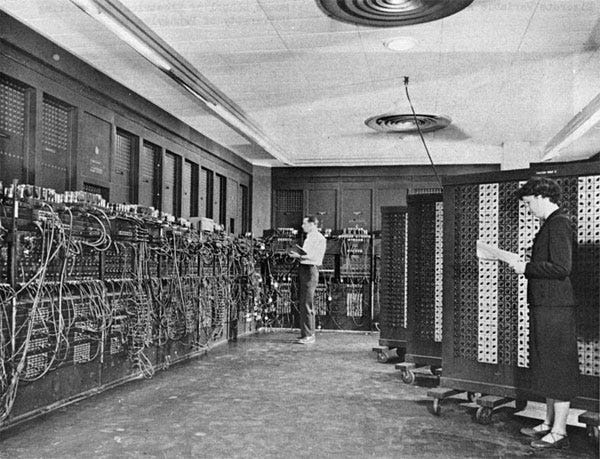An exercise in the art of putting things in perspective.
1. Bitcoin is not efficient
In the Bitcoin electricity consumption index by the University of Cambridge, we can see the energy usage of the Bitcoin network in real-time.
The Bitcoin network currently uses more energy than Belgium in a year, but 76% of computers, who maintain the bitcoin network (aka miners) use renewable energy to do so. (Source: 3rd Global Cryptoasset benchmarking study)
This is due to the fact that Bitcoin is providing a large financial incentive to anyone able to maintain the network at an electricity cost below that of the market, generally renewable energy.
Bitcoin addresses the energy usage itself by running another network, or second layer, connected to it, aka the lightning network. This second network can make transactions without having to use the energy inefficiencies of the main network.
Cryptocurrency exchanges also provide second-layer functionality by not registering every transaction on the main network. They can take a bunch of transactions and only register a single transaction on the main bitcoin network (aka transaction batching). This causes the average transaction value to rise significantly.
The average transaction value of Bitcoin is more than 150 thousand dollars
(source: BitInfoCharts)
The main Bitcoin network is not the best for transactions, but it is an excellent security layer.
Bitcoin, at age 12, is still very young. New technologies aren’t always the most efficient when they’re still young.
2. Bitcoin is not fast
The Bitcoin network can only handle about 7 transactions per second, not a whole lot compared to VISA’s claimed maximum of 24 000 transactions per second. On average, it also takes about 10 minutes for a transaction to be confirmed by the network. (source: Statista)
The Bitcoin lightning network, however, works very differently by using payment channels and is rather limited by technical factors we need not get into here (effective transaction routing and channel liquidity). What this means, is that the lightning network works better when more people are using it, just like the internet. Transactions on the lightning network already take just microseconds to seconds and can scale to billions of users. (source: The Bitcoin Lightning Network: Scalable Off-Chain Instant Payments)
3. Bitcoin is not cheap
Sending a bitcoin transaction will currently cost you about $12 per transaction, no matter how much you sent. (source: Ycharts) Transaction fees on the lightning network, however, are a lot cheaper at a base fee of $0.000228, no matter how much you send + $0.0000001 per $100 you send (source: 1ML statistics) These extremely low fees enable micropayments like pay per use e.g., pay per news article read, song listened to or very small donations to artists you like.
4. Bitcoin is not gold 2.0
Bitcoiners often boast that bitcoin will replace gold as a store of value. Gold has been a very solid store of value for thousands of years because of its low and steady inflation rate (2%). Inflation is simply the amount of newly found and mined gold all over the world, which is added to the existing gold supply. Bitcoin is very different in the sense that there will only be 21 million Bitcoin ever and not a single more.
To realize how important this is, let’s do a little thought experiment. Imagine you own 100% of the gold supply, and you don’t buy any more of the newly mined gold. With a 2% inflation rate, after 100 years, you would be left with owning just 14.08% of the gold supply, and you lost >85% of your value. Bitcoin, on the other hand, maintains its supply forever.
5. Bitcoin is not volatile
The Bitcoin price in and of itself is very volatile, yes. But let’s look at a broader perspective. If one makes 25% profit on an investment, which sure sounds good, immediately other questions will arise. What was your initial investment? How much risk was involved? If you make such a profit percentage dealing drugs, it doesn’t sound as good anymore, because of all the risks involved, does it? On the other hand, if those profits are made investing in gold, it tells a very different story because it’s considered very low risk. This is why risk is an essential part of measuring volatility.
To truly grasp volatility we need a measure of the quality of returns, adjusted for risk. This is where the Sharpe ratio comes in. This ratio takes the return on investment (ROI) and divides it by risk. Where risk is calculated as the changeability (volatility) of ROI.

Bitcoin’s Sharpe ratio has been outperforming every other major asset class for years. We can see that Bitcoin is not volatile compared to its returns.
(bonus) Bitcoin has no intrinsic value
Nothing has intrinsic value; not your car, not your house, not your dog. Value is a purely subjective human judgement and not a physical property of things in our universe.
Many people still doubt Bitcoin because of a narrative that has been told by mainstream media and an insufficient knowledge of this new asset class. When you look at the facts, and put things into perspective, new insights arise. Make no mistake, this is a once in a millennium opportunity and a societal shift of unmatched proportions.
It makes sense for everyone to invest at least 10% of their investable money into Bitcoin.
Own Bitcoin, be your own bank.

